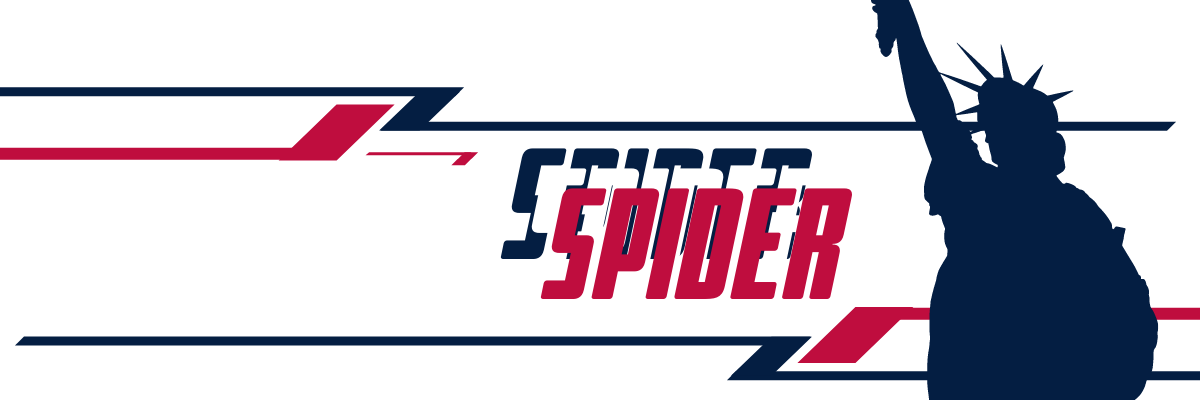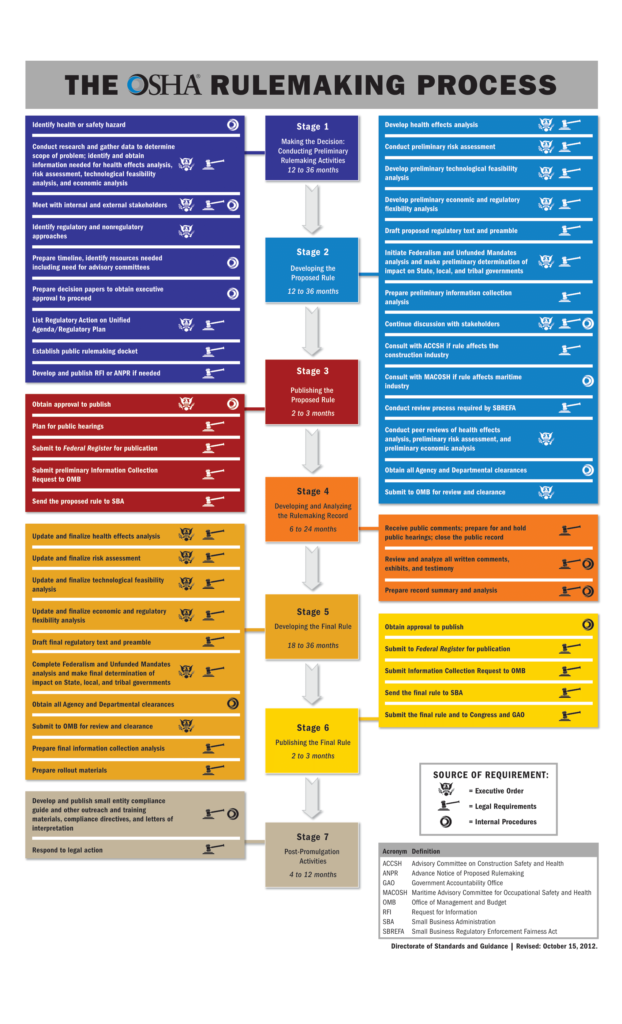
The world of lifelines is regulated according to the country in which the work is carried out at high altitude.
Very often, if you are not familiar with the bureaucratic aspects of the country in which you have to carry out the work, you may run into difficulties of no small importance.
However similar the concepts on safety and risk assessments may be, the regulations issued by the body in question should not be taken lightly.
For example, in the United States, the body with which to interface for information, certifications and regulations is the OSHA (Occupational Safety and Health Administration),created by Congressin 1970 which guarantees safe working conditions for workers by establishing in fact the measures and standards to be respected, in addition to the multiple training courses provided with the issue of relative certifications ni.
The structure of theorganization has a subdivision into several offices with regional and territorial competences. Being part ofthe United States Department of Labor, theadministrator of the institution reports directly tothe Secretary of Labor, a member of the cabinet of the President of the United States.
On the official website you can find theorganization chart of theinstitute : https://www.osha.gov/sites/default/files/OSHAorgchart.pdf
and offices distributed throughout the territory: https://www.osha.gov/aboutosha
We have already said that there are standards to be respected and that these are carried out by thebody. In fact, every workplace can have more or less specific risks. In the industrial field and specifically in the chemical sector it will be much more frequent to work with professional chemicals or related machinery than on a construction site. Precisely, it is impossible to give absolute provisions for all areas with the aim of safeguarding workers andcompanies. Precisely for this reason there are several regulations:
The procedural process can last even more than thirty-six months,in fact each fasand has a minimum and maximum duration.

Step 1
Making the decision: Preliminary conduct, Regulatory activities
12 to 36 months
Step 2
The development ofthe proposed Rule
12 to 36 months
Step 3
Publication of the proposed Rule
2 to 3 months
Step 4
Development and analysis of the Rules Register
6 to 24 months
Step 5
Develop the final rule
18 to 36 months
Step 6
Publication of the final rule
2 to 3 months
Step 7
Post-promulgation atttività
4 to 12 months
OSHA Standard: Fall Arrest Systems
(font: https://www.osha.gov/sites/default/files/OSHA_FlowChart.pdf )
In the area of protection against falling from above OSHA has developed information and guidance useful to workers and employers. In fact, it is required that the fall protection be provided at a height of:
In addition, regardless of height, fall protection is required when working on hazardous equipment and machinery.
The employer’s obligations also consist of:
protecting, irrespective of the sector in which it operates, any hole in the floor into which a worker may accidentally enter;
equip any open platform, floor or elevated track with a guad rail and a footrest;
use railings and footrests on dangerous machinery orequipment;
equip workers with a safety harness and rope, safety nets, stair railings and handrails where certain work requires their use;
fto provide working conditions free of known dangers;
keep the floors of the work areas in a clean and, as far as possible, dry state;
select and provide the required personal protective equipment at no cost toworkers;
train workers on the risks of work in a comprehensiblelanguage;
Providing this information to everyone helps us fulfill our mission of informing and raising awareness in the community to protect the workforce and save lives.
The laws and regulations are multiple and specific, so we always recommend visiting the official website interacting with the reference body.
 Agevolazioni
Agevolazioni